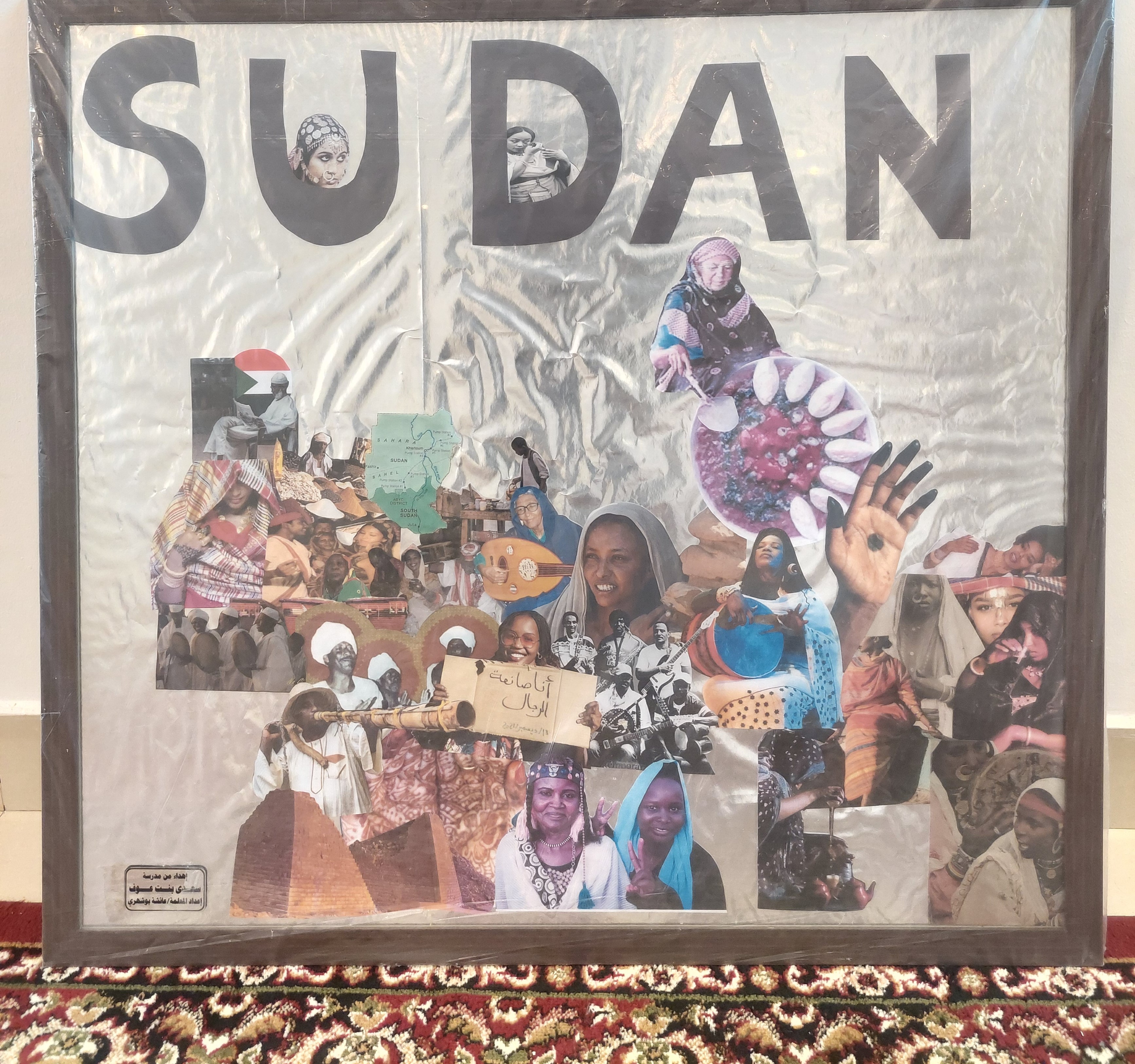
Language & Culture
There are more than one hundred different indigenous languages spoken in Sudan, including Nubian, Ta Bedawie, and dialects of Nilotic and Nilo-Hamitic languages. Arabic is the official language, spoken by more than half of the population. English is being phased out as a foreign language taught in the schools, although it is still spoken by some people.
Sudanese People
Sudan is a country that is both African and Arab, with Arabic being the primary language spoken there. Sunni Muslims constitute more than 97% of the population, with a small minority of Christians. Sudan is expanding quickly, at a pace of 2.42% yearly. At this rate, the population grows by more over 1 million each year. Due to the high fertility rate, a sizable share of the population is under the age of 15, which places a further strain on social services, particularly those related to education and health. Despite the fact that they are almost sharing the same language and the same religion, the population is quite diverse in terms of their means of livelihood and includes urban residents, rural farmers, and pastoral nomads. However, the tribal system has completely disintegrated in urban areas and developed towns, and only the plains nomads who herd camels, sheep, and cattle continue to practice it.
Sudanese Music
The "whirling dervishes" of Sudan are well-known around the world of their fascinating dances that they perform while being attracted to by rhythmic drumming. Dervishes are Muslim devotees. In Sudanese music, the lyrics are crucial, with brand-new lyrics being created on the spot for a special occasion like a wedding. Tom-toms, Rababas (stringed instruments with a body covered in hide), and the oud (a lute) are examples of traditional instruments.
 Language & Culture
Language & Culture
 HOME
HOME 